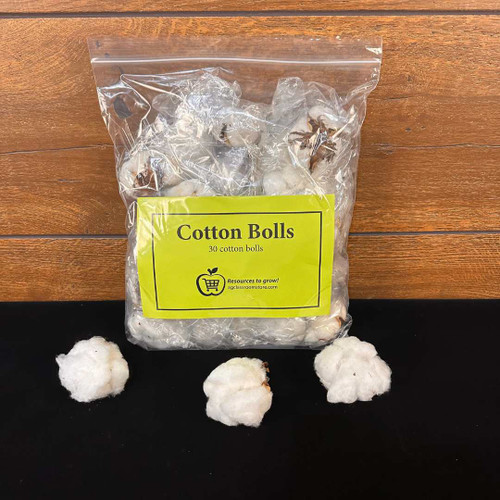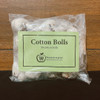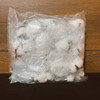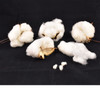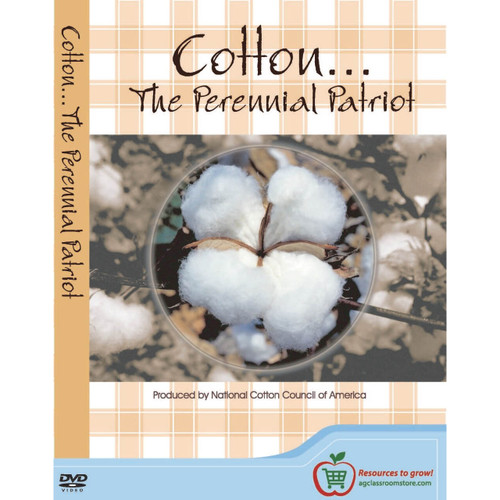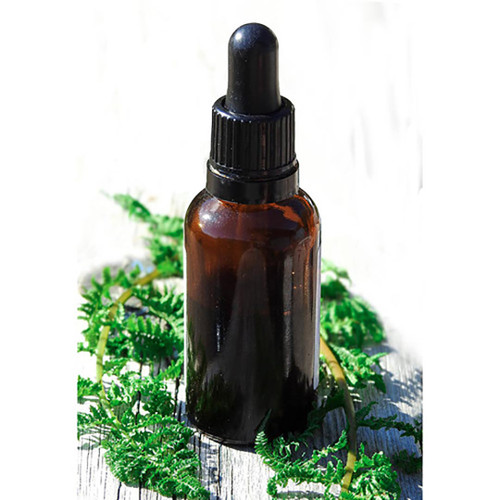Grades K–12 (Kit)
From field to fabric—explore the story of cotton! This kit helps students understand how the fiber in their clothing, towels, and sheets begins as cotton growing in a boll. By hand ginning or dissecting cotton bolls, learners experience the challenge of separating seeds from fibers and discover why the invention of Eli Whitney’s cotton gin revolutionized textile production.
The cotton bolls in this kit can be pulled apart into four distinct sections, allowing groups of four students to share one boll. Through this hands-on activity, students explore cotton as a crop, investigate its processing, and connect agriculture to the clothes they wear every day.
Kit Contents
- 30 individually wrapped cotton bolls
Additional Supplies
Recommended for classroom use (not included):
- Scissors or tweezers (optional, for dissection)
Lesson Plans
Use this kit with related lessons available on the National Agricultural Literacy Curriculum Matrix.
Extend the Learning
Watch the Cotton Ginning Tutorial on YouTube to see the process in action. Encourage students to compare hand ginning with machine ginning to discuss productivity, technology, and innovation in agriculture.
Teacher Note
The purpose of this activity is to investigate cotton, the process of hand ginning, and the impacts of the cotton gin. Adjusting this investigation into a role-play or simulation of enslaved labor is absolutely discouraged. No student should be required to hand gin cotton. We recommend consulting your administrator and/or communicating with parents prior to presenting this lesson. Ginning may also be conducted as a teacher demonstration if needed. For resources on teaching about African enslavement, see the Southern Poverty Law Center’s Teaching Hard History: American Slavery.

